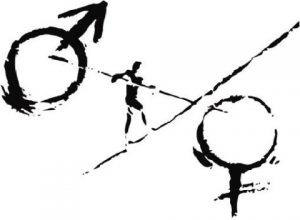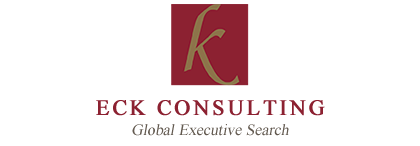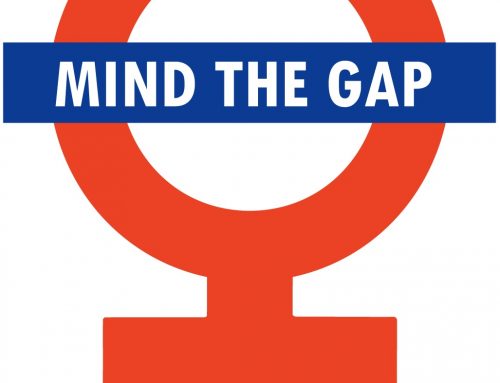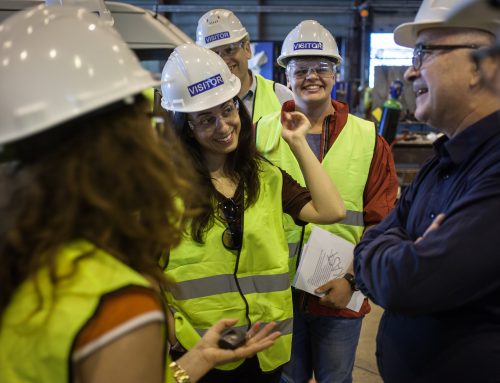 Each year global consulting firm 20-first evaluates the success of the Top 100 companies from three key regions of the globe—the US, Europe and Asia—on what it views as a key indicator of progress: gender balance of the Executive Committee. 20-first defines this cohort as those executives who report directly to the CEO. This measure of equity, 20-first argues, is more telling than that of gender equity on boards (an issue that has received a great deal of press of late) because it is “a much better indicator of corporate progress in managing and developing talent in a truly meritocratic and gender ‘bilingual’ way.”
Each year global consulting firm 20-first evaluates the success of the Top 100 companies from three key regions of the globe—the US, Europe and Asia—on what it views as a key indicator of progress: gender balance of the Executive Committee. 20-first defines this cohort as those executives who report directly to the CEO. This measure of equity, 20-first argues, is more telling than that of gender equity on boards (an issue that has received a great deal of press of late) because it is “a much better indicator of corporate progress in managing and developing talent in a truly meritocratic and gender ‘bilingual’ way.”
20-first’s Fourth Annual Gender Balance Scorecard offered some startling revelations, including the jarring statistic that, globally, only 10% of the Executive Committee positions are filled by women. The firm also offers detailed reports from key countries including the UK, France, Japan, the US and Germany. Happily, it appears that although change is still needed, gender balance in leadership is increasingly a priority.
Phases of the Gender Journey
20-first ranks companies’ progress along the road to gender equity in the Executive Committee by six phases:
- Asleep: Companies at this stage are completely male-dominated, with no women on their Executive Committees.
- Token: Companies at this stage of the journey are led by Executive Committees comprised of less than 15% women, and these females are in staff or support functions rather than in line or operational roles.
- Starting Smart: Companies at this phase are seeing small numbers of women (less than 15%) penetrate the ranks in central core or operational roles.
- Progressing: Companies at this level are beginning to realize the benefits of programs put into place in years past and are now realizing a male/female ratio in their Executive Committees between 85% /15% and 76%/24%.
- Critical Mass: Companies at this level are approaching the degree of parity that is deemed desirable, with a male/female ratio of at least 75%/25%.
- Balanced: This phase is the gold standard, and it is awarded to those companies who have attained a minimum of at least 40% of either gender in their Executive Committees.
Key Findings Globally
- US Moves. The US is making headway in striking a greater gender balance on its Executive Committees, but this data is tinged with a ‘good news, bad news’ hue: while 55% of the companies surveyed had at least two women on their Executive Committees, the majority of these women were in staff or support positions such as HR, Communications or Legal rather than in line or operational roles such as CEO, CFO, Country Head, etc.
- Europe Stuck. The survey revealed that European companies have not yet cracked the code on advancing women’s numbers in Executive Committees–only 25% of those surveyed had at least two women on their Executive Committees, and as in the US, most were in staff or support roles.
- Asia Still Lags. Asian countries began with the deepest imbalance and parity is coming very slowly. Only 8% of the Asian companies surveyed reported having at least two women on their Executive Committee, and only 12 women were found in line or operational roles.
US-Focused Findings
Despite the fact that the US has been working for decades to increase gender balance within the Executive Committees of companies, great disparities remain. Among the survey’s more disturbing findings:
- Fully 25% of the Top 20 companies in the US have no women in their Executive Committees.
- The percentage of women on Executive Committees sits at a disappointingly low 18%, and the lion’s share of these women (69%) occupy support roles such as IT, Legal, Communications, HR, etc., rather than line or operational roles.
- Five companies in the sample have yet to appoint a single woman to their Executive Committee.
Clearly, despite the fact that women have seen gains in their efforts to achieve gender equity, there is still great room for advancement. And it appears that attaining this equity is more an issue of changing mindsets rather than of finding qualified candidates. It is not “sector and culture” that are the determining factors in women achieving equity in the Executive Committee, notes 20-first CEO Avivah Wittenberg-Cox. Rather she says, “Successful gender balancing depends primarily on where it sits on the CEO’s list of priorities.”





